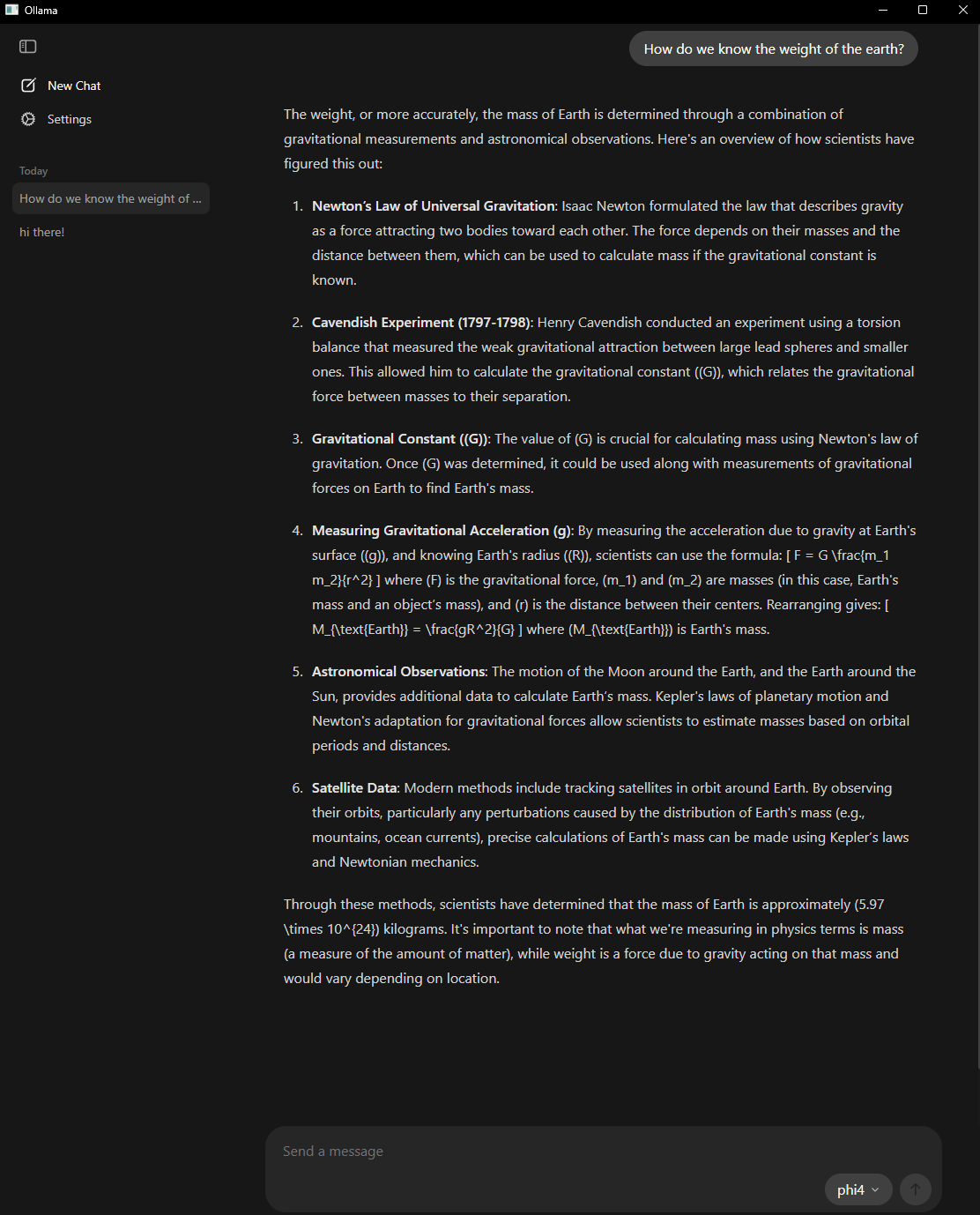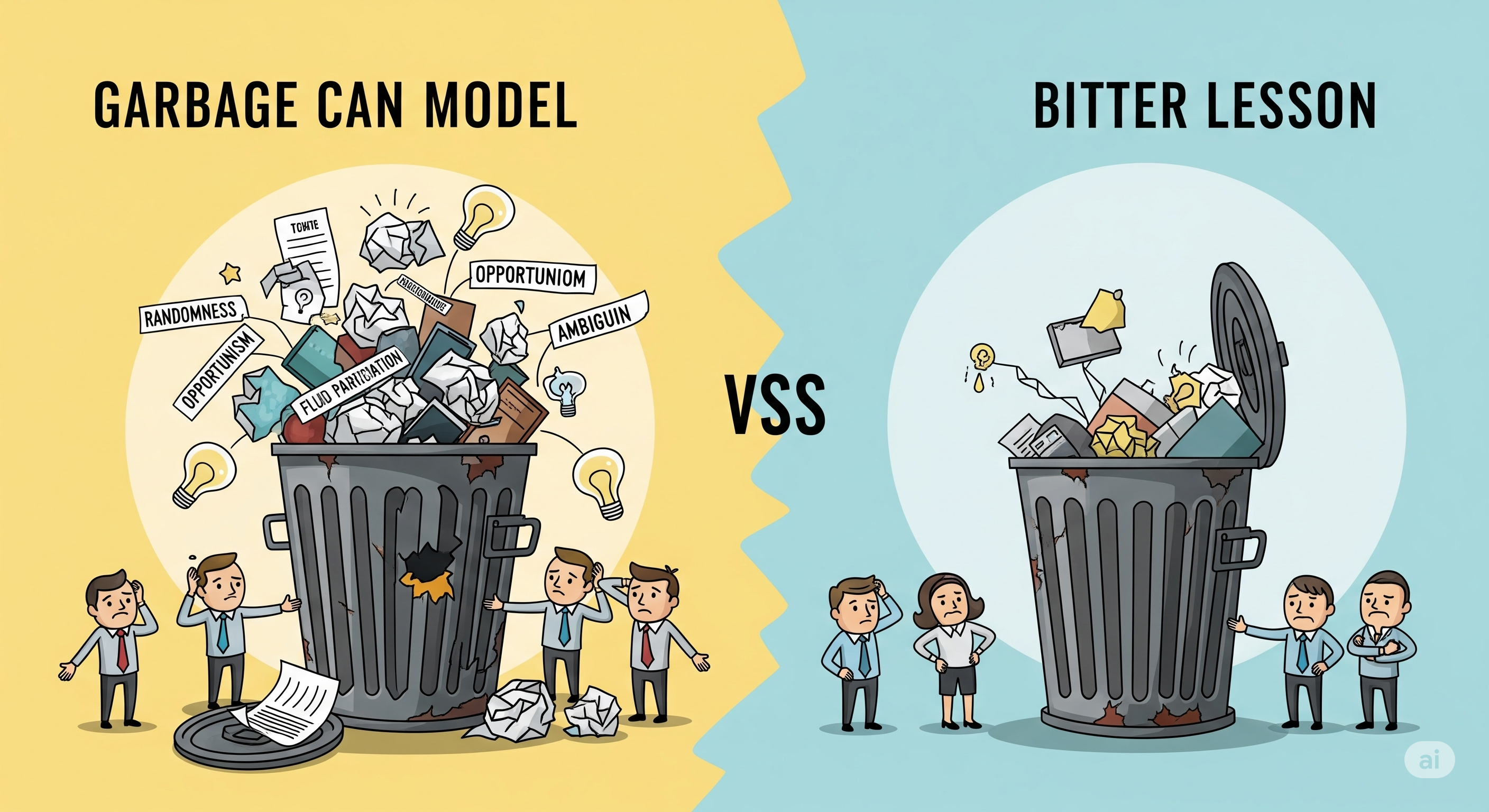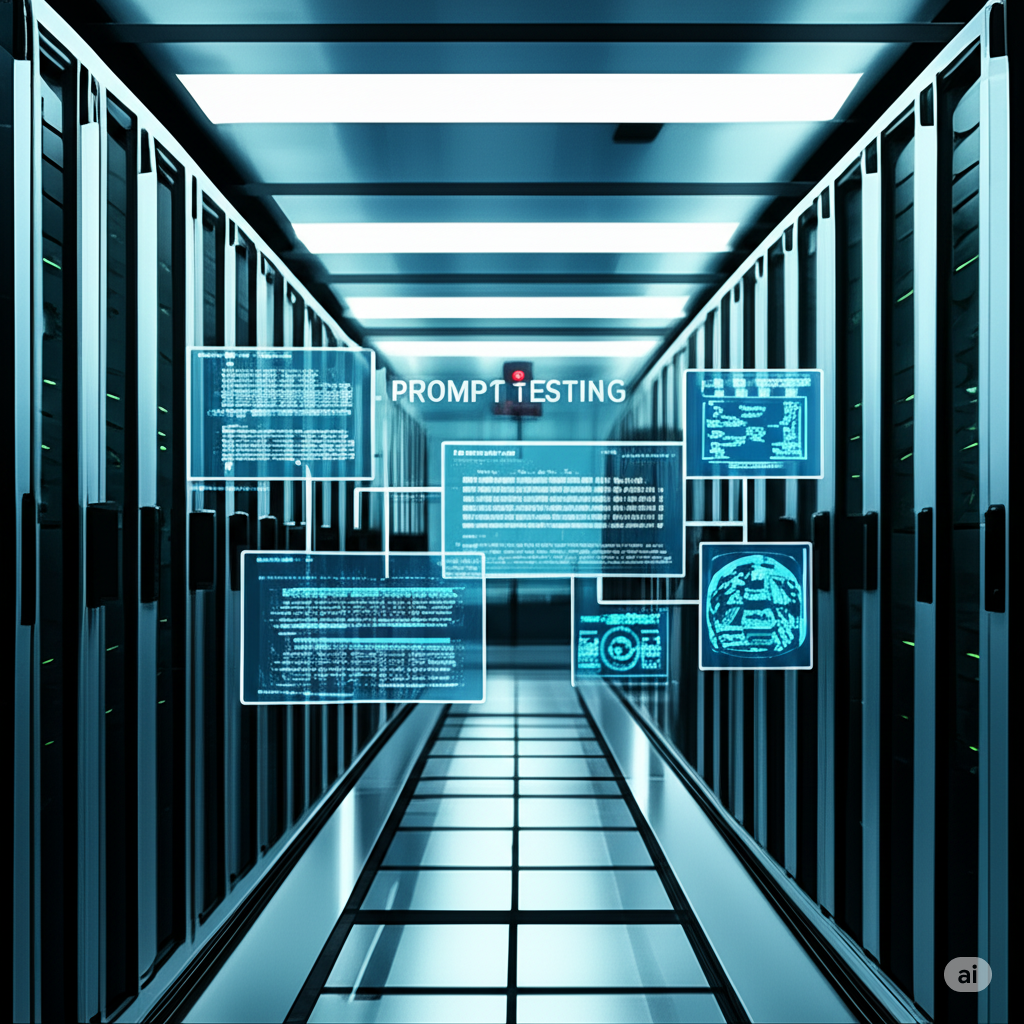All Posts
All Posts
-
A reflection on the future of knowledge work from our Z AI Accelerate discussions
-
Last week, I shared my core principles of the “AI Workflow Mastery: Foundation Course,” an enterprise framework developed for knowledge worker AI adoption. To me, the message is clear: we are standing at a unique and critical juncture in technological and human history, and mastering AI workflows is no longer optional—it is essential for professional relevance. Here are the key takeaways from the presentation, the accompanying report summary, and our path forward.
-

-

-

-

-

-
As a project leader for IBM Redbooks, I spend countless hours reviewing and editing technical content to meet IBM’s writing standards. I’ve always wished for a tool that could automatically apply our style guidelines—active voice, contractions, removing first-person pronouns, and more.
-
The buzz around AI’s capabilities is everywhere—from generating code to creating presentations, AI tools are transforming how we work. But recently, while listening to IBM’s “Mixture of Experts” podcast, I heard something that made me pause and consider the deeper implications of this technological shift.
-
We’ve all heard the buzz: AI is set to revolutionize content creation and editing. But how do you move from a general-purpose AI tool to a finely-tuned assistant that understands your specific, demanding editorial guidelines? And more importantly, how do you keep the human editor firmly in control, enhancing their capabilities rather than just hoping for the best from a black box?
-
As a project leader, I’m always looking for ways to improve my development workflow. Recently, I discovered the concept of “vibe coding” through Y Combinator’s Startup School video titled How To Get The Most Out Of Vibe Coding | Startup School featuring Tom Blomfield. The video showcases how Tom spent a month building side projects with tools like Claude Code, Windsurf, and Aqua, demonstrating how modern LLMs can serve as legitimate collaborators in the development process—from writing full-stack apps to debugging with a simple error message paste.
-
Receiving timely and relevant feedback is crucial for improving content quality. Recently, a colleague mentioned how beneficial it would be to have “personas on demand” for feedback. This sparked an idea to create a system that could provide detailed evaluations from multiple perspectives. This was a perfect opportunity to use my local LLM setup to provide immediate feedback on a Redbooks publication that was just released yesterday, the IBM z17 Technical Introduction.
-
In today’s data-driven world, managing and processing documents efficiently is crucial. One of the most common challenges is converting PDFs into formats that are easily searchable and integrable with Local Language Models (LLMs). This blog post details how I used Cursor to create an app called DogRAG, which allows you to convert PDFs into markdown, txt, and JSON files for easy Retrieval-Augmented Generation (RAG) using your local LLM system.
-
In the world of enterprise IT, technical documentation is both invaluable and overwhelming. IBM Redbooks, the gold standard for in-depth technical guides on IBM products, contain thousands of pages of expert knowledge. But how do we transform these static PDFs into dynamic, queryable knowledge bases? Today, I’d like to share a journey of building a custom Retrieval-Augmented Generation (RAG) system specifically for IBM technical documentation. This project demonstrates how modern AI techniques can unlock the knowledge trapped in technical PDFs and make it accessible through natural language queries. The Challenge: Unlocking Technical Knowledge IBM Redbooks are comprehensive technical guides, often hundreds of pages long, covering complex systems like IBM Z mainframes, cybersecurity solutions, and enterprise storage. These documents are treasure troves of information but present several challenges:
-
Google recently launched their experimental AI Mode in Search, and as someone working on a BeeAI framework project with Flask as a front end, I wanted to compare how Google’s new offering stacks up against Perplexity when searching for Flask information.
-
In this tutorial, we’ll build a practical multi-agent system using the BeeAI framework that can create recipes based on user-provided ingredients. Our Recipe Creator will demonstrate how specialized agents can work together to accomplish a complex task.
-
In this tutorial, I’ll share the iterative process of developing a Recipe Creator application using the BeeAI framework. Rather than presenting a polished, final product, I want to walk through the actual development journey that Claude (my AI coding partner) and I embarked on together. We practiced what I like to call “vibe coding” - a collaborative process where I guided the conceptual direction while Claude helped implement and troubleshoot the technical details. This post highlights the challenges we faced, the solutions we discovered, and the insights we gained along the way as a human-AI coding team.
-
Today, I’m taking the to-do list application to the next level by adding the ability to mark tasks as complete. Let’s dive into the code and explore the new concepts.
-
Day 4 of my Python programming journey brought exciting new features to our to-do list application. Today, we added the ability to edit existing to-do items, which required a deeper understanding of data type conversion, list manipulation, and variable updates.
-
In a recent interview on Hardfork, hosted by Kevin Roose and Casey Newton, Dario Amodei from Anthropic shared some profound insights about the future of work in the age of AI. As someone who creates content by interacting with engineering teams at IBM Redbooks, I found his perspectives both enlightening and somewhat unsettling.
-
Today I completely revamped my blog’s homepage with help from Claude (Anthropic’s AI assistant). While my previous layout was functional, it had become increasingly cluttered as I added more posts. I needed a solution that would make navigation easier while maintaining the clean, professional look of my Jekyll-based site.
-
Today I successfully added comments to my GitHub Pages blog with help from Claude (Anthropic’s AI assistant). While my blog was built with static pages using Jekyll and the Minima theme, I wanted to enable readers to engage with my content through comments. Here’s how I implemented Disqus comments on my site.
-
Day 3 brought new challenges and insights. Today, I enhanced my to-do list app by incorporating match-case statements, break statements, and for-loops. These additions not only made the application more interactive but also introduced me to powerful control structures in Python.
-
Building on the foundations we laid down on Day 1, today I dove deeper into Python by enhancing our simple to-do list application. The goal was to make it more interactive and dynamic. This led me to explore while loops, indentation, and methods—crucial concepts in Python programming.
-
As I embark on my journey to learn Python, I find myself both excited and challenged by the language’s simplicity and power. Day 1 is a classic beginner project: creating a simple to-do list application. This exercise helped me grasp some fundamental concepts in Python programming.
-
When I first started interacting with large language models (LLMs) like those powering Claude and Gemini, I was struck by how seamlessly they maintained context in conversations. It felt as if the model remembered our entire exchange, allowing for a natural back-and-forth dialogue. However, this perception is an illusion—one that masks a fascinating mechanism behind the scenes.
-
I don’t know anyone who isn’t talking about DeepSeek right now. If you’d like to try it for yourself, then you can use the app - it’s overtaken ChatGPT to become the #1 free app in the App Stores. But why not run it locally, on your own system? This guide will walk you through setting up two essential components: Ollama and Open WebUI, introduce the DeepSeek project, and explore the benefits of running AI locally.
-
While setting up local LLMs has become increasingly popular, many of us face restrictions on corporate laptops that prevent using Docker. Here’s how I successfully set up OpenWebUI using Podman on my IBM-issued MacBook, creating a secure and IT-compliant local AI environment.
-
Lately, I’ve been watching some videos from Matthew Berman and I’ve realy enjoyed them. They’re great deep dives into various AI topics.
-
In an era where AI assistance has become increasingly valuable for content creation and editing, I recently embarked on setting up my own local AI infrastructure. By running language models directly on my hardware, I’ve created a personalized writing assistant and copy editor that’s both private and accessible throughout my home network.
-
Today marks the beginning of “A Human in the Loop” - my new blog about exploring technology and creative development. I thought it fitting that my first post should detail how I built this blog, especially since I used AI (specifically Claude) to help me through the process.